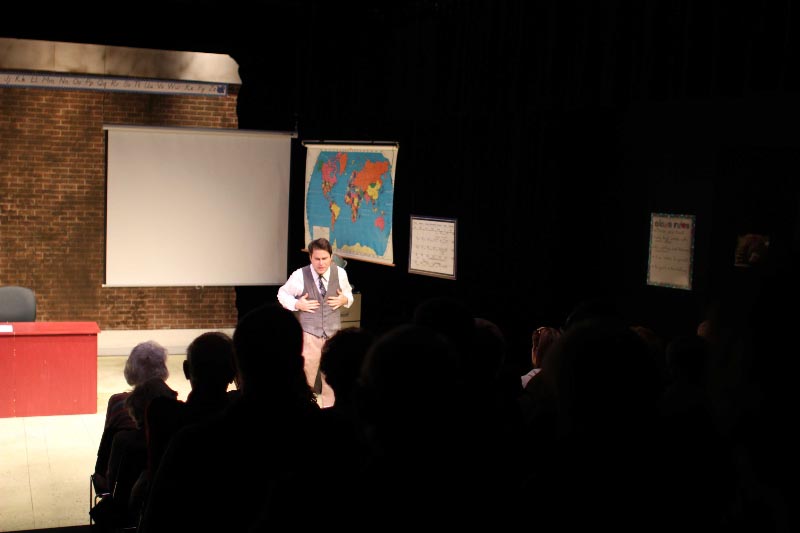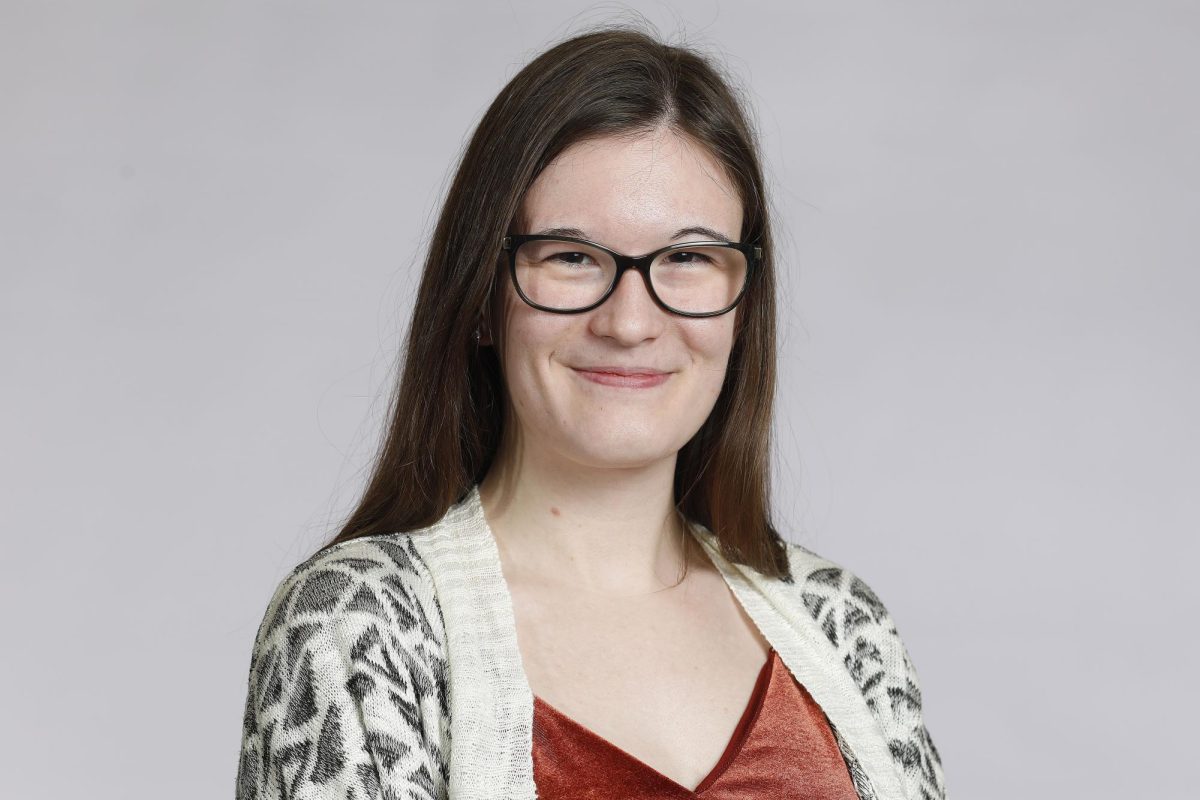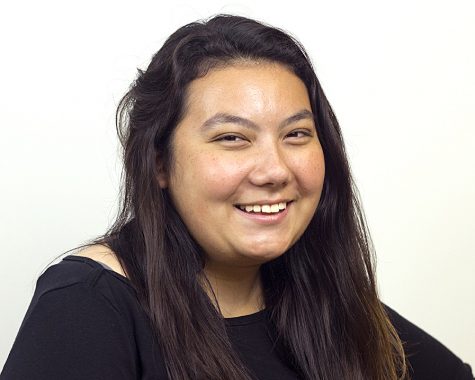Workgroup talks structures, reorganization
October 20, 2016
Workgroup No.9, Academic Visioning II, looked at different aspects of reorganization within academics at their meeting Wednesday.
Workgroup chair Melinda Mueller said reorganization can mean moving departments within the four academic colleges to highlight certain careers or opportunities.
“That’s what we will be exploring over the next couple weeks,” Mueller said.
The workgroup members each looked at colleges in different states to see what they were doing and how they were doing.
One commonality between other universities the group looked at was a College of Health and Human Services.
Mueller said Eastern’s health programs are sort of scattered throughout different areas.
“Maybe we should have it all in one group and that will be something that we look at,” Mueller said.
While Workgroup No. 9 will be looking at other institutions, Mueller said they also wanted to discern what is working well at Eastern that could be implemented.
One of the aspects of reorganizing the group is looking at how to get a structure that highlights programs that meet the university’s mission and will attract prospective students.
Richard England, dean of the Honors College, said the group could look at demand when seeing how to reorganize structures.
He acknowledged when talking about this type of reorganization, there could be a justified pushback.
He said when talking about these structures, the group should be guided by the principles that will drive the programs best, such as how different organizational structures can service students, the community and institutional viability.
“That means that we’re moving away from organizational structures inherited based on a traditional methodology,” England said.
England said the organization of some colleges might make sense in a historical perspective, but for incoming freshmen they do not.
Austin Cheney, the chair of the technology department, said the reorganization should be more intentional, poll driven and looks at market fields.
“Here are career fields, health type fields, lump a program in that area,” Cheney said.
He said the colleges could gear toward words the public is hearing at the moment.
“They’re hearing (Science, Technology, Engineering and Mathematics), STEM, STEM,” Cheney said.
Mueller said one of the challenges is balancing the organization for these high demand areas and departments such as the humanities and fine arts, which are important to the university.
“The reality is we do have to offer students fields that are interesting to them, but always have to offer basic foundational liberal arts because that’s what we are,” Mueller said.
England said incoming students attending Eastern from high school usually come from a limited background.
He said some of the disciplines offered at Eastern are not usually studied in high school, so when organizing, the university cannot lead with those.
“Students are going to (say) this is not what I’m looking for,” England said. “We have to figure out how to have an organizational structure, which gives primacy to recruiting that also preserves (other areas).”
Mueller said it would help to organize college in a way that is clear about what they do.
“It’s more endearing (to say) ‘this is the College of Education, this is where we train teachers, that’s what we do,’” Mueller said.
Sometimes, she said students will be drawn later to areas that did not occur to them right away.
“(Maybe) they find out ‘Oh, I love English, I love the arts.’ We need them as a fundamental part of our education,” Mueller said. “Maybe by reorganizing we can emphasize these traditional liberal arts fields better.”
England said by when looking at other organizational models from different universities, they do not have to have anything permanent, but instead the group would ask themselves how it would look if Eastern had a certain college or merged different areas.
Mueller said if the group reorganizes colleges, they need to show both how it will help enrollment and also let Eastern President David Glassman how the organizational structure will be efficient.
“Maybe in this reorganization the administration system would change or some sort of structural change could occur that could end up saving some money,” Mueller said.
Over the next week, the group will be studying the peer institutions and start mapping out what a reorganization could look like.
“It’s tentative at this point,” Mueller said. “(There are) so many variables.”
Cassie Buchman can be reached at 581-2812 or cjbuchman@eiu.edu.

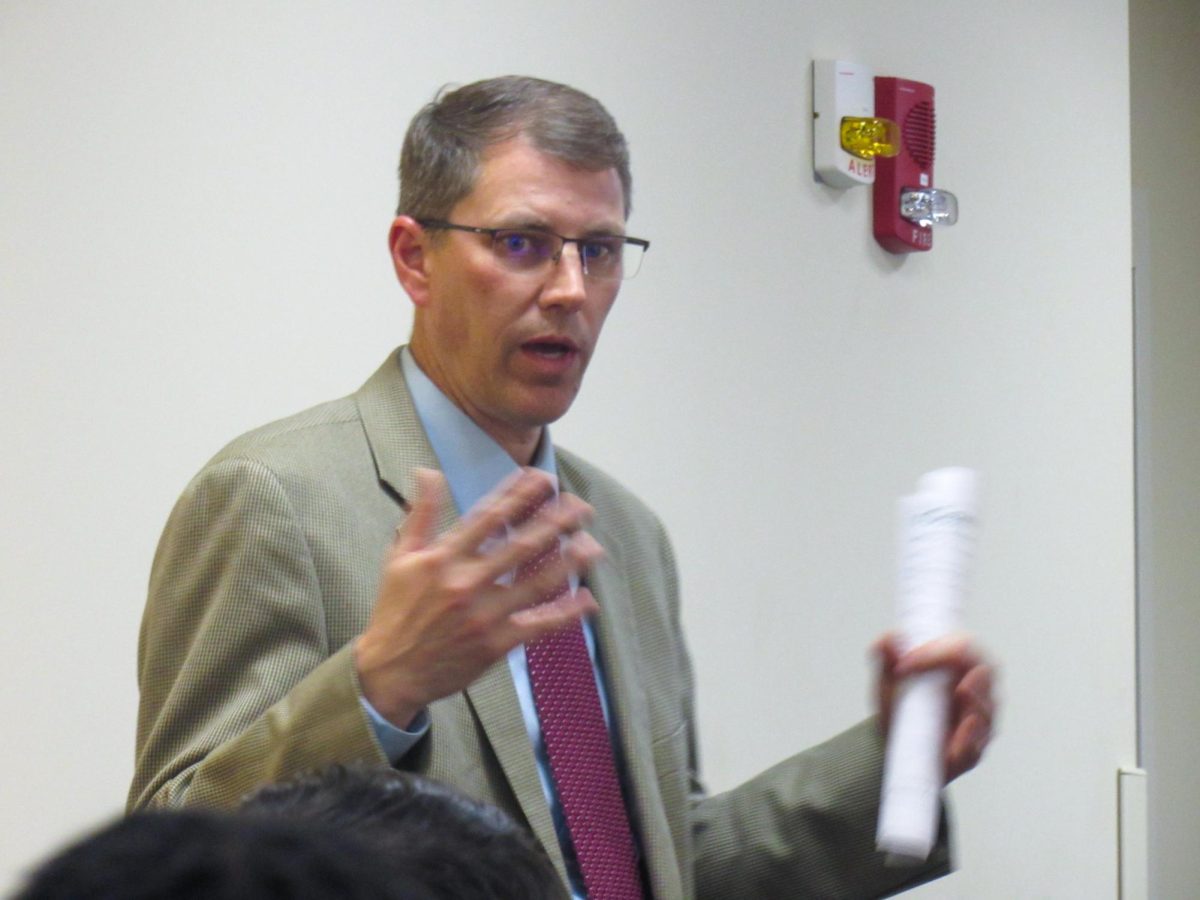
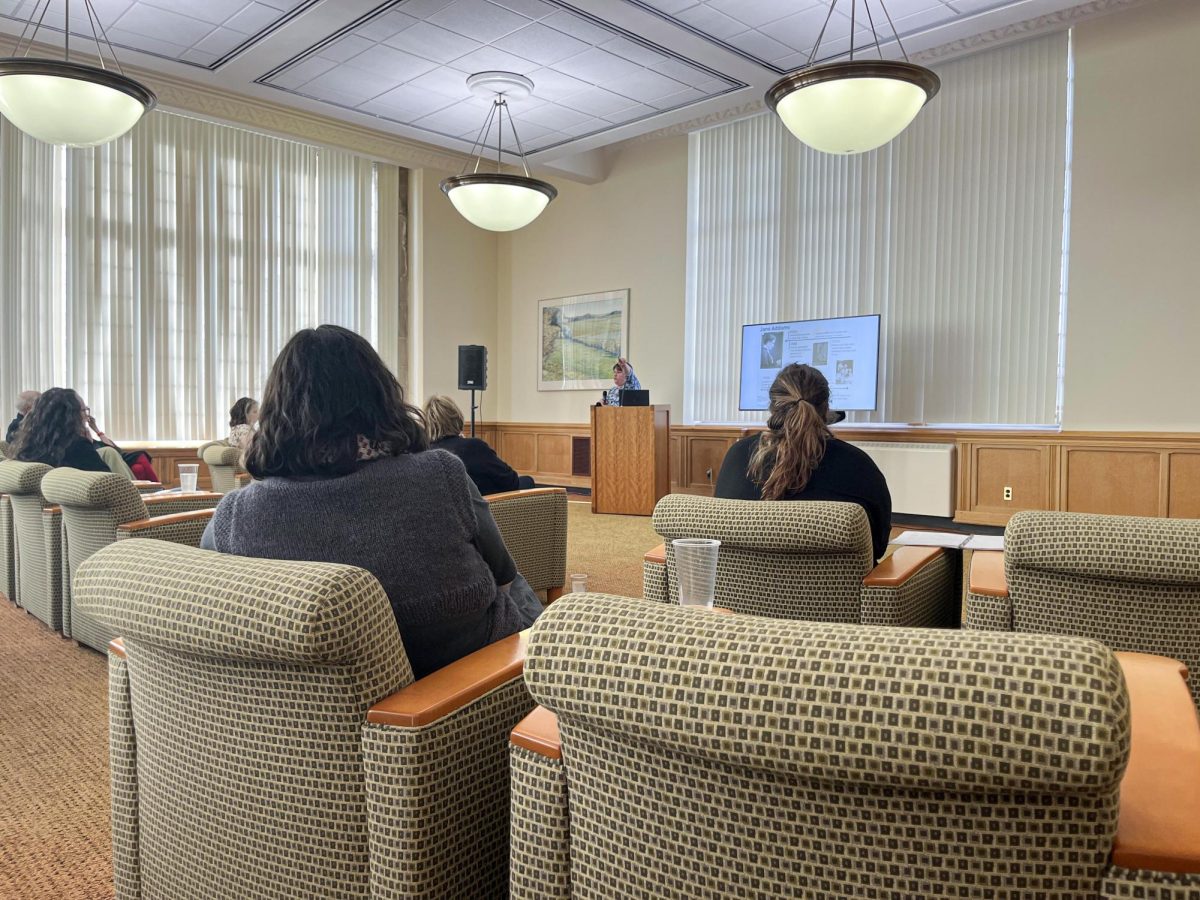


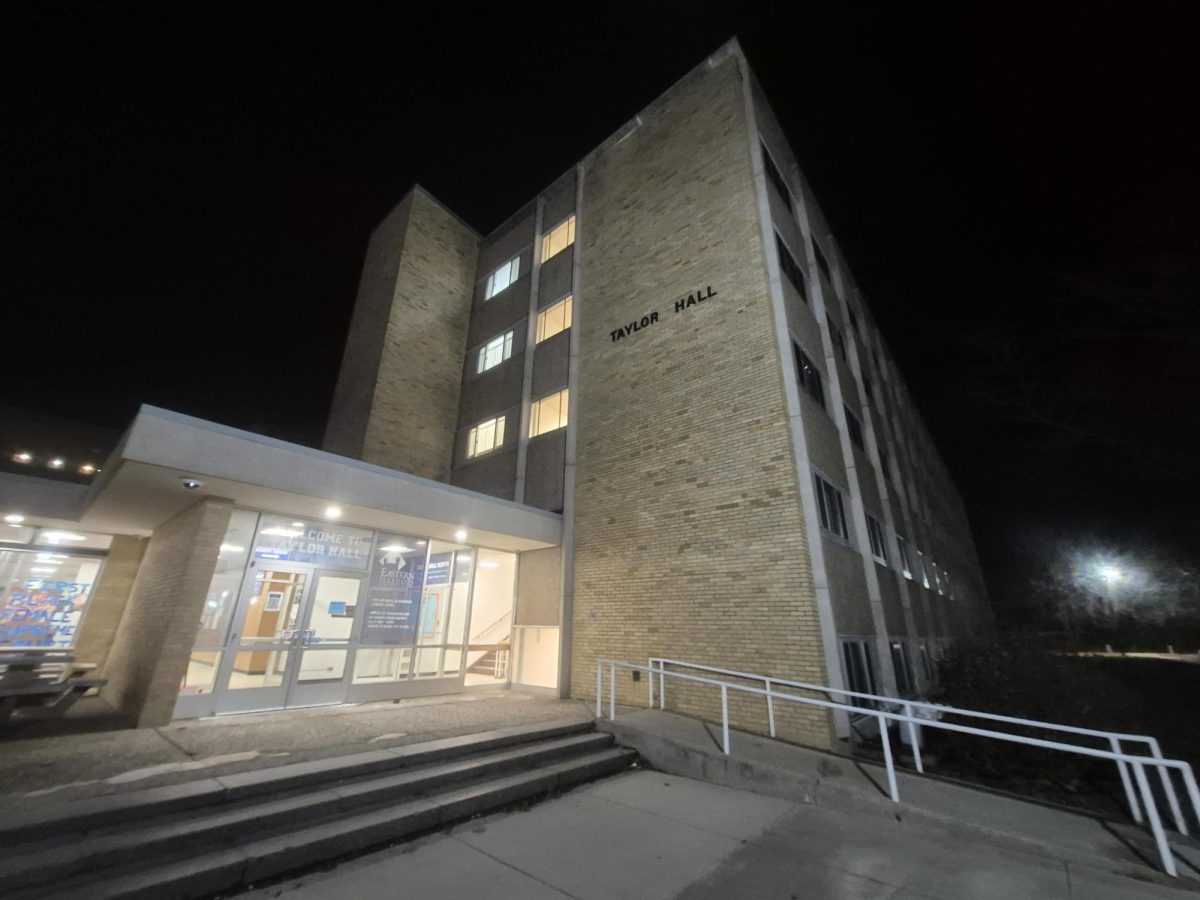


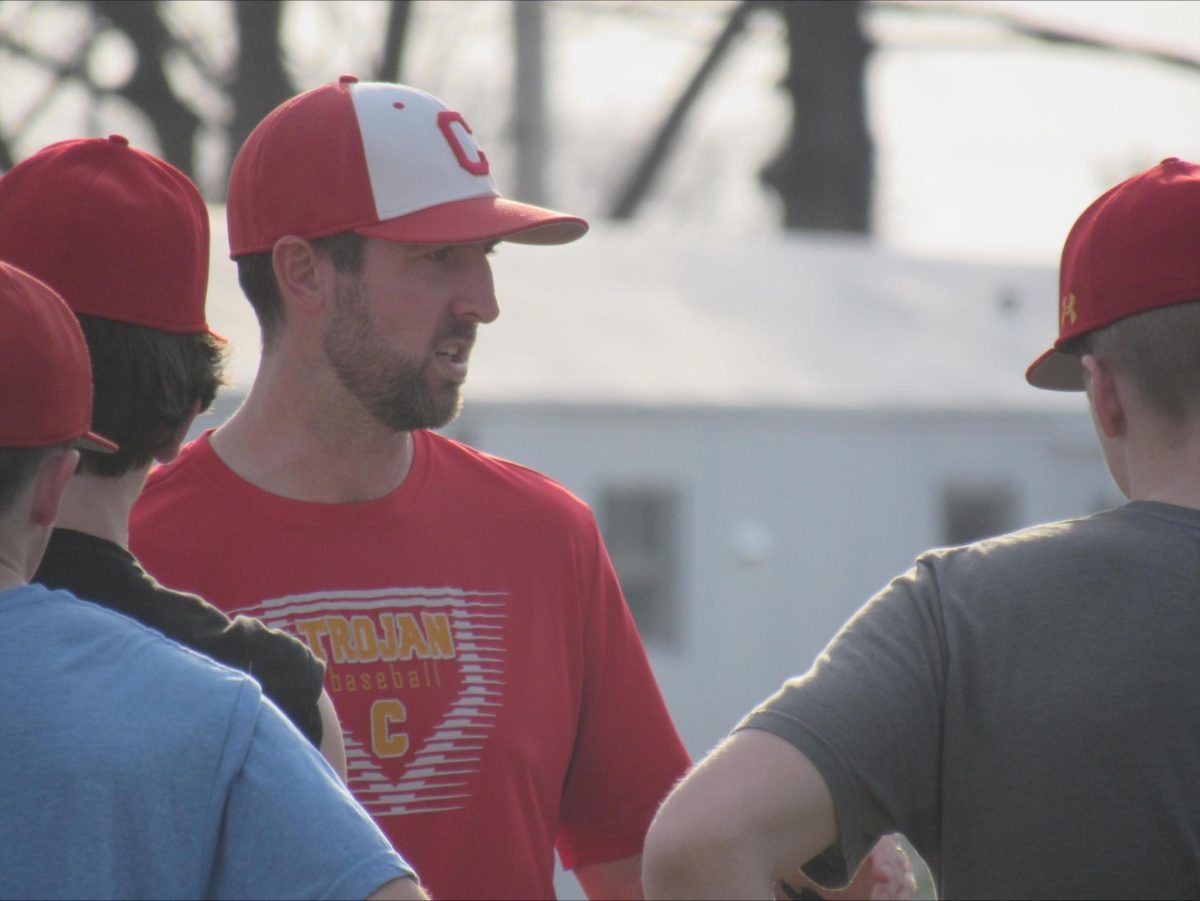
![[Thumbnail Edition] Eastern Illinois University baseball's hitting coach and recruiting coordinator Mike Pugliese urges players on the team to increase their effort after a slow start to its pregame routine at the team's first intrasquad scrimmage of the season at O'Brien Field on Jan. 31, 2025.](https://www.dailyeasternnews.com/wp-content/uploads/2025/03/BB_02_O-1-e1741909628540-1200x702.jpg)
![[Thumbnail Edition] Senior tennis player Luisa Renovales Salazar hits the tennis ball with her racket at the Darling Courts at the Eastern Illinois University campus in Charleston, ILL.](https://www.dailyeasternnews.com/wp-content/uploads/2025/03/Tennis_01_O-1-e1741807434552-1200x670.jpg)
![[Thumbnail Edition] Senior right-handed pitcher Tyler Conklin pitching in the Eastern Illinois University baseball team's intrasquad scrimmage at O'Brien Field in Charleston, Illinois on Jan. 31.](https://www.dailyeasternnews.com/wp-content/uploads/2025/03/TC_01_O-e1741567955534-1200x669.jpg)




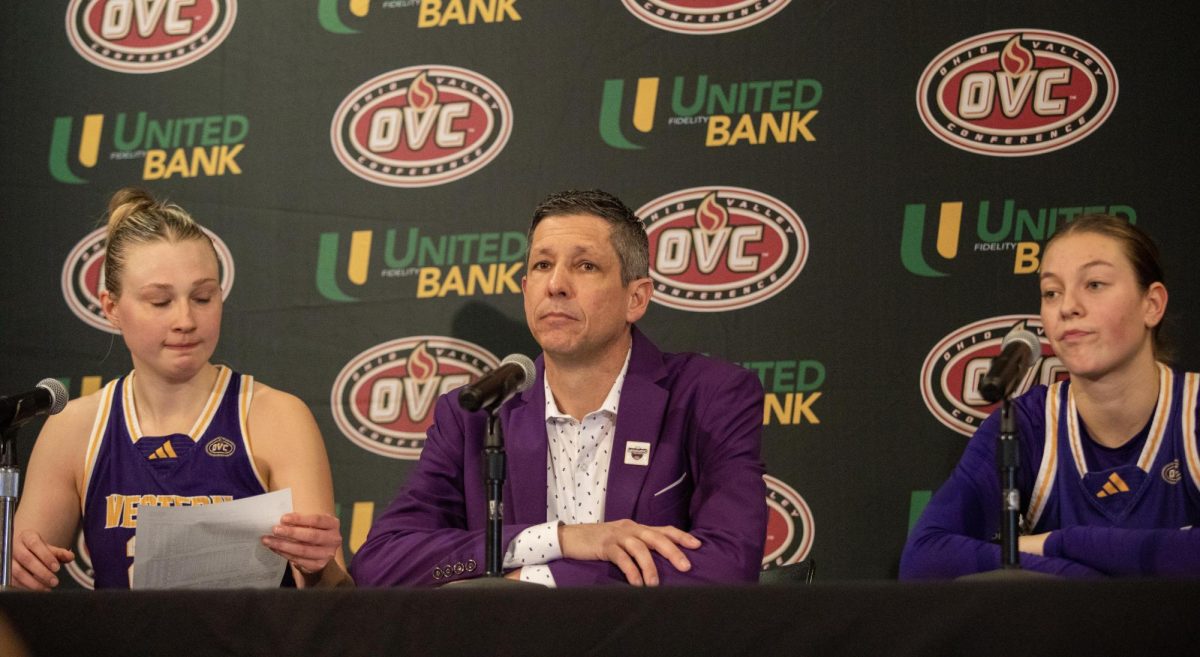
![[Thumbnail Edition] Senior, forward Macy McGlone finds an open teammate to pass the ball too during the game against the Tennessee State Tigers 69-49, in Groniger Arena on the Eastern Illinois University campus, Charleston Ill.](https://www.dailyeasternnews.com/wp-content/uploads/2025/03/WBB_02_O-1-e1741228987440-1200x692.jpg)


















![E[Thumbnail Edition] Eastern Illinois softball freshman utility player Abbi Hatton deciding to throw the softball to home plate in a fielding drill during softball practice at the field house in Groniger arena on Tuesday Feb. 11.](https://www.dailyeasternnews.com/wp-content/uploads/2025/03/SB_03_O-e1741208880750-1-e1741209739187-1200x815.jpg)

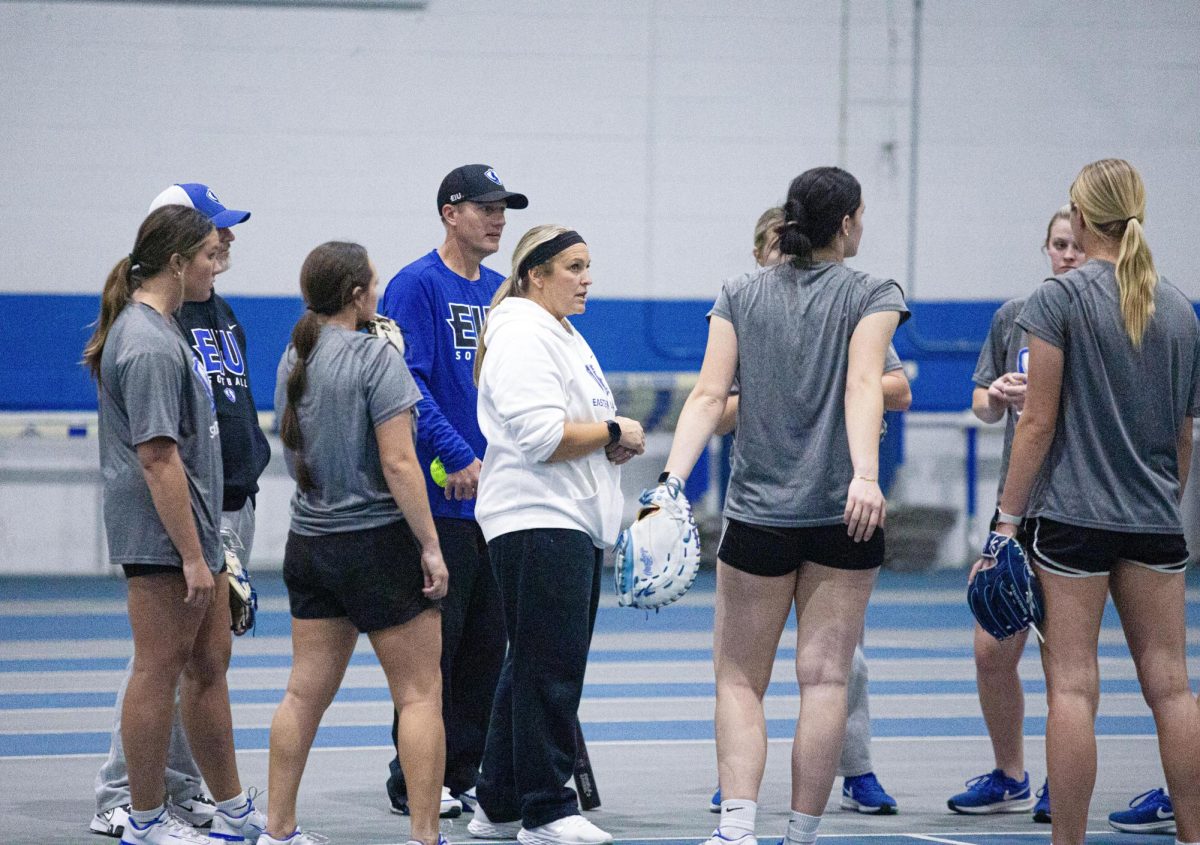













![The Weeklings lead guitarist John Merjave [Left] and guitarist Bob Burger [Right] perform "I Am the Walrus" at The Weeklings Beatles Bash concert in the Dvorak Concert Hall on Saturday.](https://www.dailyeasternnews.com/wp-content/uploads/2025/03/WL_01_O-1200x900.jpg)
![The team listens as its captain Patience Cox [Number 25] lectures to them about what's appropriate to talk about through practice during "The Wolves" on Thursday, March 6, in the Black Box Theatre in the Doudna Fine Arts Center in Charleston, Ill.](https://www.dailyeasternnews.com/wp-content/uploads/2025/03/WolvesPre-12-1200x800.jpg)


